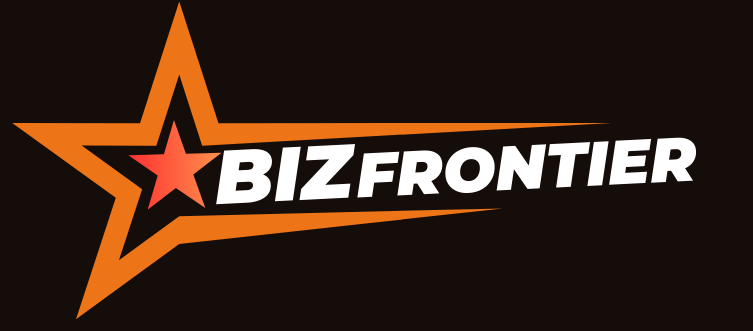
During conversations with publishers, schools, and EdTech providers, we’ve seen how unchecked piracy not only impacts publication revenues but also quietly erodes accessibility, quality, and trust in digital learning. Robust DRM and secure delivery can help prevent these issues, yet the challenge is growing. In an era when digital learning promises to break down barriers to education, a quieter and more insidious threat is undermining that promise: the unchecked piracy of educational content. And in 2025, that threat has new teeth. With AI tools now able to strip, repackage, and redistribute content in minutes, the question isn’t whether piracy will happen – it’s whether the industry is prepared to protect the integrity of the learning experience.
While edtech discourse frequently emphasizes access, equity, and innovation, few confront how stolen content chips away from those very outcomes. Global publishing losses now exceed $1.2 billion annually due to piracy—including textbooks and academic materials impacting the industry’s ability to support high-quality content development. Even more striking, unauthorized textbook downloads alone are estimated at $2 billion annually.
This isn’t merely a commercial issue. It’s a learning equity crisis disguised as a cost-control problem.
When Content Is Stolen, Students Lose More Than Text
Educational content isn’t just words and pictures. They are carefully aligned to standards, deliberately structured for learning and are increasingly aligned to accessibility and adaptive tools. A textbook, print or digital, is more than content – it’s an instructional vehicle.
Pirated content often arrives stripped of metadata, interactivity, embedded scaffolding, or accessibility features. Students may end up with incomplete files, outdated editions, or degraded usability. Worse, many unauthorized distributors operate without secure infrastructure, exposing learners and schools to privacy violations and legal risks.
The result is a compromised education, less engaging, harder to measure and less trustworthy.
Why Educational Piracy Persists—and Often Feels Justifiable
Several factors make pirated educational materials pervasive:
- Access Gaps – In underfunded or rural districts licensed content can be hard to obtain..
- Rising Costs – This creates incentives for educators and students to share content informally.
- Cultural Blind Spots Lack of sanctions or awareness – sharing files on group chats or forums is often viewed as helpful, not harmful.
- Weak content protection – static PDFs, non-watermarked documents, and links lacking expiration or user controls make unauthorized sharing easier.
These practices are frequently rationalized as academic resource “sharing”, not “stealing”, even as they erode the quality and accountability built into digital learning ecosystems.
The Real Cost: Beyond Revenue – Why Learning Suffers
The impact of educational piracy extends beyond lost publisher revenues:
- Degraded Design Value: Carefully planned alignment to standards, built-in feedback, and adaptive elements are lost.
- Equity and Accessibility Impact: Read-aloud, closed captions, high-contrast mode vanish in unauthorised copies, Leaving students with disabilities or language barriers behind the learning curve.
- Data and Insight Loss: Secure platforms capture usage analytics that inform instruction and interventions. Pirated materials cut off that feedback loop since without analytics, educators lose insights into what is working and what isn’t..
- Legal and Privacy Risk: Using unsecured or unauthorized content even unknowingly can expose schools to copyright infringement issues or student data breaches.
When piracy seeps into classrooms, the entire ecosystem that supports effective, inclusive digital learning begins to crumble.
Reframing DRM: From Defense to Educational Integrity
Digital rights management and content protection are often framed as commercial safeguards. But increasingly, they’re actually equity safeguards going beyond commercial protection alone.
Modern DRM systems and secure platforms offer more than lock-downs, they enable:
- Role-based access, so administrators can allow only registered students and instructors to access specific materials.
- License expiry or refresh controls, preventing outdated content to linger on..
- Dynamic watermarking and usage tracking, deterring screen recording and unauthorised distribution.
- Federated login (e.g. via SSO systems) that align with trusted authentication and access policies.
Done right, these technologies preserve the integrity of learning experiences not by restricting access, but by ensuring its controlled, current, consistent and accessible, aligned to adaptive pedagogical design.
What Stakeholders Should Do (And Why Collaboration Matters)
Addressing piracy requires more than technology. Culture matters just as much.
Publishers should build content protection in from the start- licensing, interactivity, and DRM shouldn’t be bolt-ons.
Districts and schools should audit sources, train staff on the ethics and risks of unauthorized content, and choose platforms that balance control with usability.
Edtech providers and platforms should design secure, interoperable systems with alerts for suspicious activity and safeguards that keep accessibility features intact.
If each stakeholder takes responsibility, upwards and downwards in the learning value chain, piracy shifts from being “someone else’s problem” to shared priority.
Shifting the Conversation from Cost to Integrity
We need to talk about Piracy not only as lost revenue, but as lost opportunity: the opportunity to learn with materials that are current, interactive, accessible, and complete. When those elements are stripped away, students especially those already marginalized lose access to powerful learning experiences.
Digital education will only be transformative, only if it’s reliable. As we push for more inclusive and personalized learning, we must also insist on content integrity.
Protecting content is protecting students. Full stop. They are inseparable.







